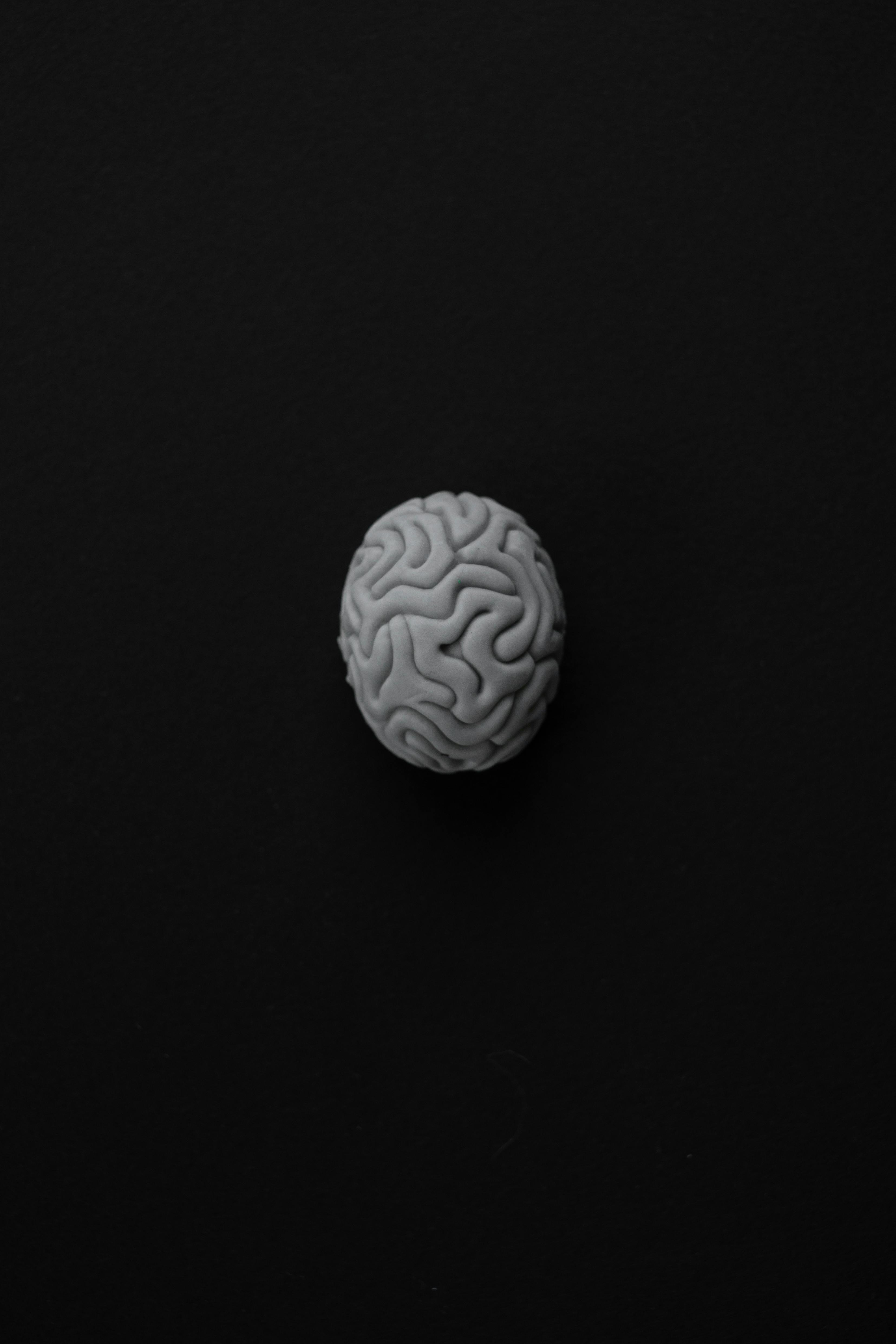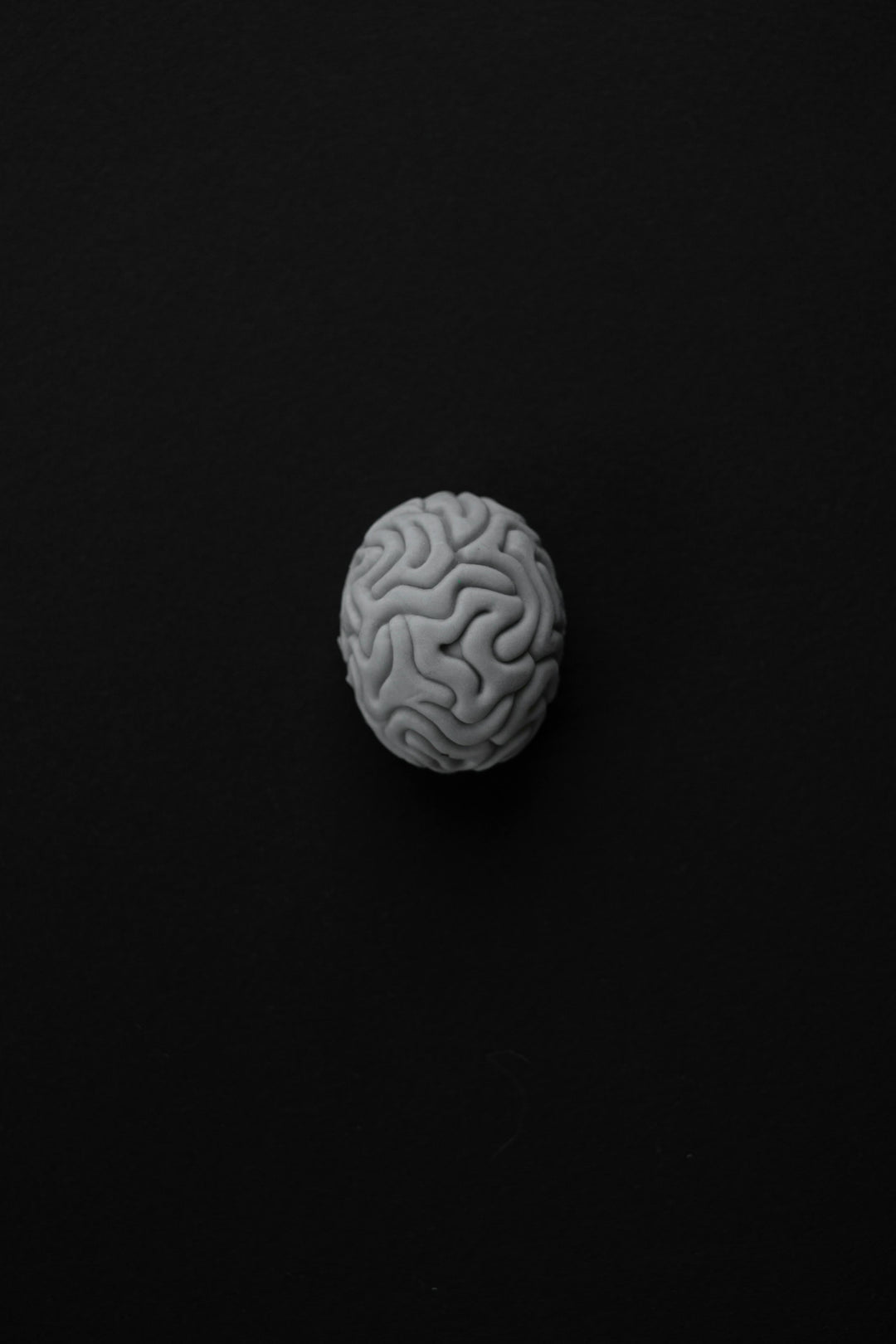Trade show floors are busy, noisy, and visually overwhelming. With hundreds of booths competing for attention, it takes more than bold graphics and flashy tech to make an impact. One of the most underutilized yet powerful strategies in booth design is applying cognitive load principles to messaging. When you minimize mental strain and streamline communication, you allow attendees to process your booth's core message quickly and clearly—boosting both engagement and conversions.
In this article, we’ll break down the cognitive science behind effective booth messaging, explain key principles of cognitive load theory, and provide actionable tips on how to apply these insights to trade show environments. As experts in exhibit design and fabrication, KSM Exhibits specializes in translating psychological best practices into high-performing booths.
What Is Cognitive Load Theory?
Cognitive Load Theory (CLT) originates from educational psychology and refers to the amount of mental effort required to process information. Human brains have limited short-term memory and attention spans, particularly in overstimulating environments like trade shows. When a booth bombards visitors with too much information or disorganized content, it leads to cognitive overload, and people are more likely to walk away.
CLT identifies three types of cognitive load:
-
Intrinsic Load: The inherent complexity of the information
-
Extraneous Load: The way information is presented (can increase or reduce mental effort)
-
Germane Load: The mental effort that contributes to learning and understanding
Your goal in booth design is to reduce extraneous load and support germane load, helping visitors absorb your key message efficiently.
Why Cognitive Load Matters in Booth Messaging
Your booth has mere seconds to capture attention and communicate value. If your messaging is too dense, jargon-filled, or cluttered, attendees will move on. Applying cognitive load principles helps you:
-
Increase message retention
-
Enhance booth dwell time
-
Improve brand recall and emotional connection
-
Boost lead conversion by clarifying value
By designing with cognitive simplicity in mind, your booth becomes more accessible and appealing to a broader audience.
Best Practices for Applying Cognitive Load Theory to Booth Messaging
1. Prioritize One Core Message
Resist the urge to say everything at once. Choose one high-impact message that defines your brand or value proposition. Ask yourself:
-
What problem do we solve?
-
Why should someone care?
-
What action do we want them to take?
Put this message front and center in your booth graphics, preferably in large, bold text with strong contrast.
Example: Instead of listing every service, try: "Reduce Your Exhibit Costs by 30% Without Sacrificing Style."
2. Use Visual Hierarchy and Spatial Planning
Create a visual flow that guides visitors' eyes logically through the space:
-
Use headings, subheadings, and bullet points
-
Emphasize important info with size and placement
-
Keep whitespace around key elements to reduce clutter
A well-zoned booth layout—such as separating info areas from interactive demos—helps reduce mental friction and boosts comprehension.
3. Simplify Text and Language
Use clear, conversational language. Avoid industry jargon unless your audience demands it. Aim for 6th to 8th-grade reading level. Clarity improves cognitive processing.
Instead of: "We specialize in comprehensive experiential brand engagement solutions."
Say: "We design trade show booths that attract and convert."
4. Leverage Iconography and Visual Aids
Images process faster than words. Use icons, illustrations, and infographics to communicate complex ideas quickly.
-
Show, don’t tell
-
Use diagrams to explain workflows or benefits
-
Include high-impact visuals of your work or process
5. Use Color and Contrast Strategically
Contrasting colors highlight important elements. However, overusing color creates noise. Use a limited palette to draw attention where it matters most.
-
High contrast for call-to-actions
-
Muted backgrounds to reduce visual strain
-
Color coding to group related information
6. Chunk Information
Break content into digestible pieces (aka "chunking"). This helps the brain process and retain information more effectively.
-
Group related items together
-
Use short sentences and bullet points
-
Limit each zone or display to one main concept
7. Incorporate Interactive Touchpoints Wisely
While interactivity increases engagement, poorly executed tech can increase cognitive load. Ensure interactive elements are intuitive and clearly labeled.
-
Use touchscreens with guided paths
-
Offer demos with minimal steps
-
Explain participation steps in <10 words
8. Minimize Distractions
Avoid flashing lights, looping videos, and excessive animation unless they directly support your message. Anything that draws attention away from your key idea increases extraneous cognitive load.
Example of Cognitive Load in Action
Case Study: Sustainable Packaging Brand
Before: Wall-to-wall text and infographics about materials. After: Large hero statement—"Eco Packaging That Performs"—with minimal text, color-coded icons, and a hands-on demo station. Visitors stayed longer and left with a clear takeaway.
The Role of Professional Booth Design
Applying cognitive load theory is both an art and a science. It requires understanding psychology, visual design, and marketing strategy. That’s where KSM Exhibits comes in. Our team translates cognitive principles into practical design elements that improve attendee experience and business outcomes.
From concept to execution, we help clients:
-
Identify their core message
-
Organize booth zones and signage
-
Create graphics that communicate instantly
-
Optimize interactivity and engagement
Final Thoughts
A beautiful booth is not enough. If attendees can’t instantly understand who you are and what you offer, you’re losing potential business. By applying cognitive load principles to your booth messaging, you make it easier for your audience to connect, remember, and act.
Let KSM Exhibits help you create a smart, streamlined, and high-performing trade show booth.
Ready to simplify your booth messaging and maximize impact?
Contact KSM Exhibits today for a custom consultation. Our design experts are ready to help you create a booth that communicates clearly and converts effortlessly.





